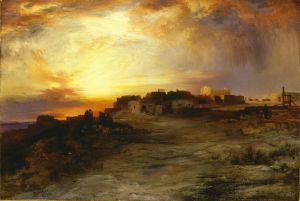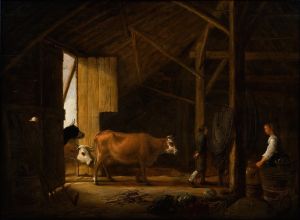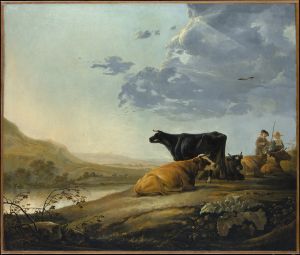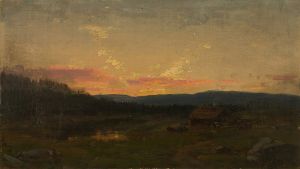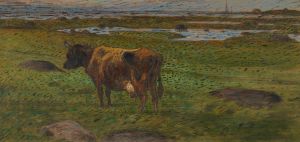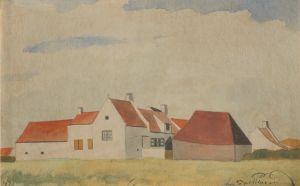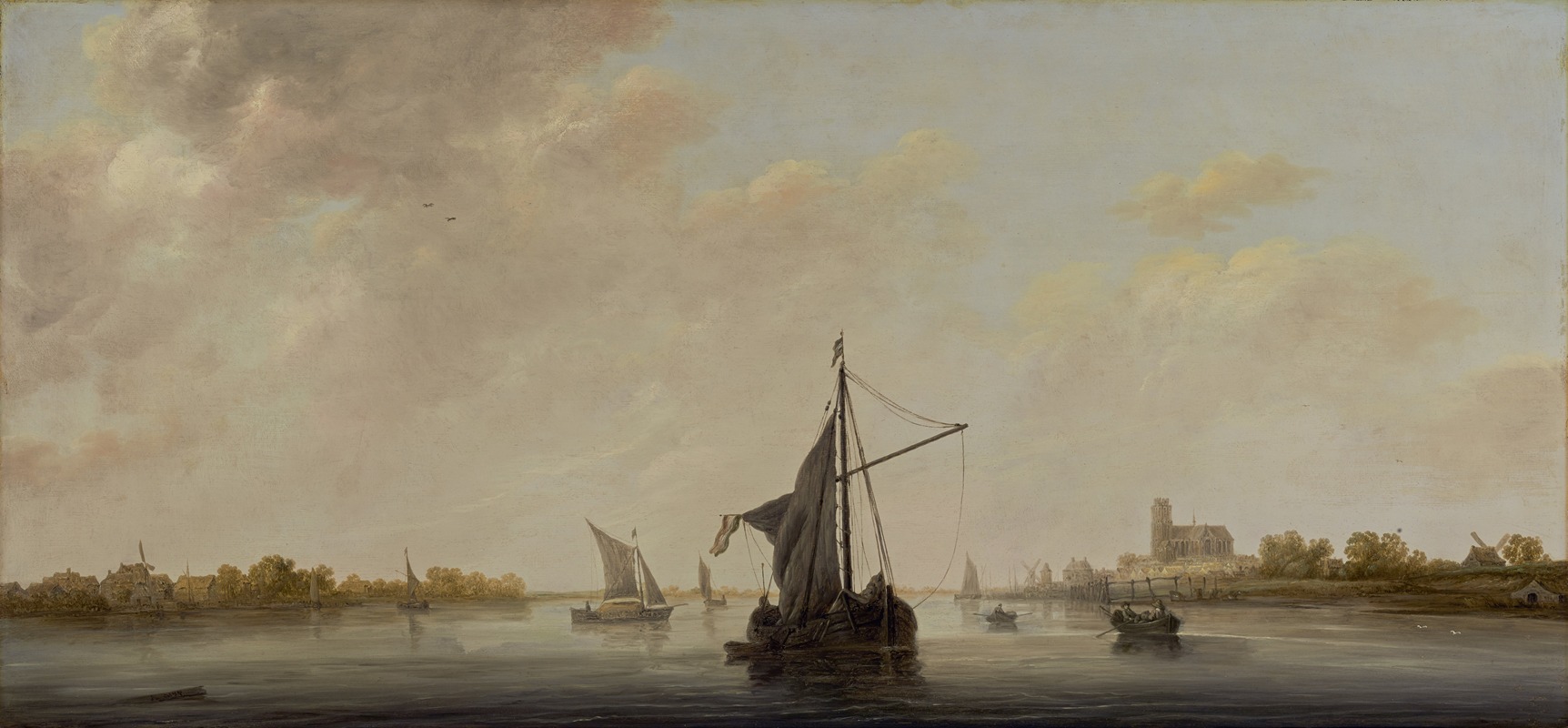
A View of the Maas at Dordrecht
A hand-painted replica of Aelbert Cuyp’s masterpiece A View of the Maas at Dordrecht, meticulously crafted by professional artists to capture the true essence of the original. Each piece is created with museum-quality canvas and rare mineral pigments, carefully painted by experienced artists with delicate brushstrokes and rich, layered colors to perfectly recreate the texture of the original artwork. Unlike machine-printed reproductions, this hand-painted version brings the painting to life, infused with the artist’s emotions and skill in every stroke. Whether for personal collection or home decoration, it instantly elevates the artistic atmosphere of any space.
A View of the Maas at Dordrecht is an exquisite painting by the renowned Dutch artist Aelbert Cuyp, who was a prominent figure in the Dutch Golden Age of painting. Born in 1620 in Dordrecht, Cuyp is celebrated for his landscape paintings that often depict serene and luminous scenes, capturing the tranquil beauty of the Dutch countryside and its waterways. His works are characterized by their masterful use of light and atmosphere, which have earned him a distinguished place in art history.
This particular painting, A View of the Maas at Dordrecht, is a quintessential example of Cuyp's ability to blend naturalistic detail with an idealized vision of the Dutch landscape. The painting portrays a view of the Maas River, a significant waterway in the Netherlands, as it flows past the city of Dordrecht, Cuyp's hometown. The composition is marked by its expansive sky, which occupies a large portion of the canvas, a common feature in Dutch landscape painting that emphasizes the vastness of the natural world.
Cuyp's skillful use of light is evident in the way he captures the soft, golden glow of the sun, which bathes the scene in a warm, atmospheric light. This effect not only enhances the sense of tranquility and harmony in the painting but also highlights the intricate details of the ships and figures that populate the scene. The river is depicted with a gentle, reflective surface, mirroring the sky and adding to the overall sense of calm and serenity.
The painting also showcases Cuyp's attention to detail and his ability to render textures and materials with precision. The ships, with their billowing sails and intricate rigging, are depicted with a high degree of realism, reflecting Cuyp's keen observation of maritime life. The figures, though small in scale, are carefully rendered, contributing to the narrative quality of the scene.
A View of the Maas at Dordrecht is not only a testament to Cuyp's technical skill but also to his ability to convey a sense of place and time. The painting captures a moment of peaceful coexistence between humanity and nature, a theme that resonates throughout Cuyp's body of work. It reflects the prosperity and maritime prowess of the Dutch Republic during the 17th century, a period when the Netherlands was a major economic and cultural power in Europe.
Today, A View of the Maas at Dordrecht is held in high regard as an exemplary work of Dutch landscape painting. It continues to be admired for its beauty, technical mastery, and the serene vision it presents of the Dutch landscape. Cuyp's work has influenced generations of artists and remains a significant part of the art historical canon, celebrated for its contribution to the development of landscape painting in Europe.





